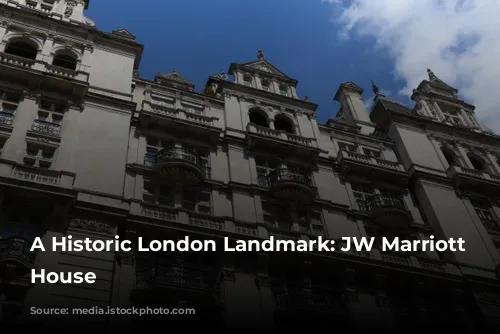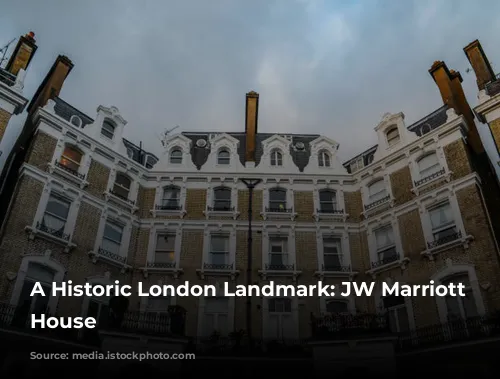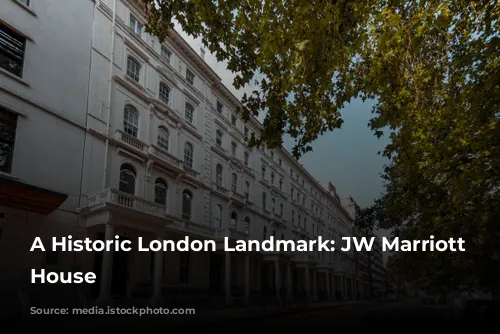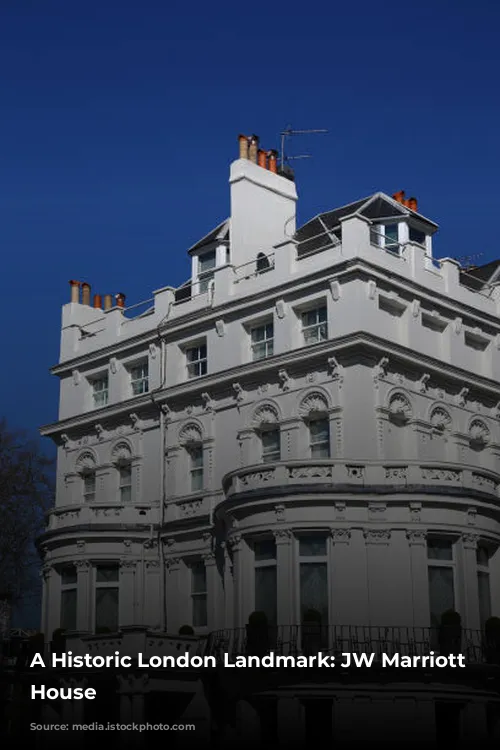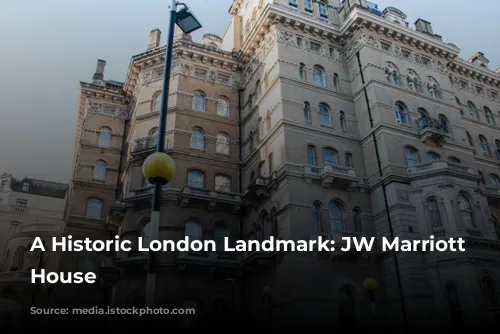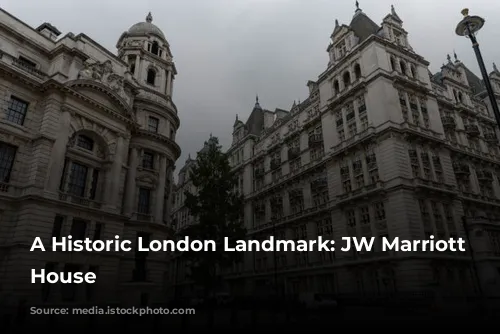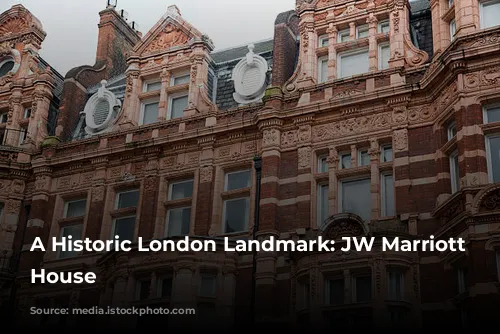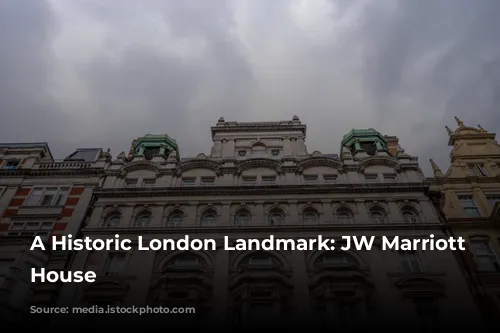The JW Marriott Grosvenor House London is a luxurious hotel that has been a fixture in the heart of London’s Mayfair district since 1929. It’s a grand building situated directly across from Hyde Park, standing on the former grounds of a 19th-century aristocratic residence, known as Grosvenor House. The hotel’s present management is in the capable hands of JW Marriott Hotels, a division of the renowned Marriott International. It is owned by Katara Hospitality, a Qatari entity.
The Grosvenor House Hotel: From Humble Beginnings to a Luxurious Legacy
The Grosvenor House Hotel’s origins can be traced back to the vision of Arthur Octavius Edwards, a man with a dream to build a grand hotel on the site of the former Grosvenor House, the London residence of the Dukes of Westminster. In the 1920s, he set about turning his vision into reality, and the hotel opened its doors in 1929. A.H. Jones, who had previously worked for Edwards, joined the Grosvenor House team as an accountant in 1929. Jones’s dedication and skills soon led him to be appointed as the hotel’s general manager in 1936, a position he held until his retirement in 1965, with the exception of the war years when he served his country.
A Hotel that Survived a World War and Embraced Change
The Grosvenor House Hotel faced a unique challenge during World War II, but it navigated the turbulent times with resilience. It was fortified with sandbags and blackout material to protect it from potential attacks. Furthermore, the hotel’s spacious areas were repurposed to serve the war effort, becoming a temporary home for military personnel, including renowned generals like Dwight D. Eisenhower and George S. Patton.
The original plan for the hotel was delayed due to a disagreement with the leaseholder of a nearby property. However, after a lengthy process, an extension to the hotel, comprising 92 bedrooms, was finally completed and opened in 1957.
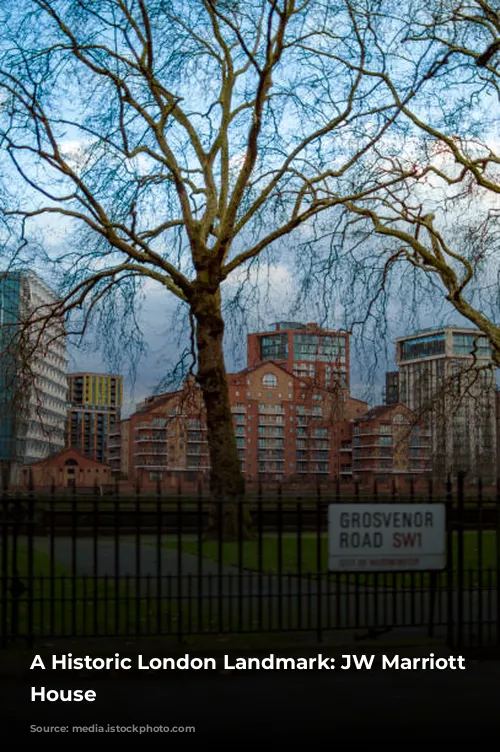
A Multi-Million Pound Transformation and a New Era of Luxury
In 2008, the Grosvenor House Hotel underwent a major transformation, involving a comprehensive restoration and refurbishment. The £142 million renovation included a complete overhaul of all restaurants, guest rooms, health facilities, and public areas. The hotel, with its newly revamped spaces, could now accommodate over 6,000 people at a time, with its grand Ballroom, Great Room, Court Suite, restaurants, bars, meeting spaces, and 494 guest rooms.
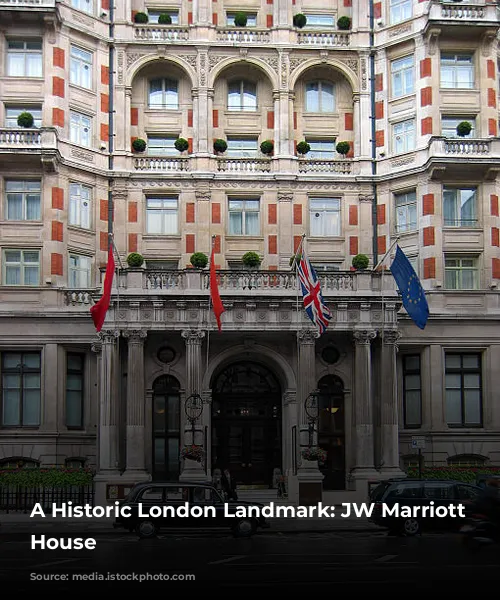
A Changing Ownership, Controversies, and Continued Success
Ownership of the Grosvenor House Hotel has changed hands several times over the years. In 2010, Sahara India Pariwar acquired the hotel from the Royal Bank of Scotland for a substantial £470 million. Ownership then transferred to the US-based Ashkenazy Acquisition Corporation before being ultimately acquired by Katara Hospitality, a Qatari entity, in 2018. In 2017, the hotel faced criticism for hosting the annual gathering of the Aerospace Defence Security group (ADS), which represents arms companies, drawing protests from individuals and groups concerned about the role of some ADS members in the arming of Saudi Arabia.
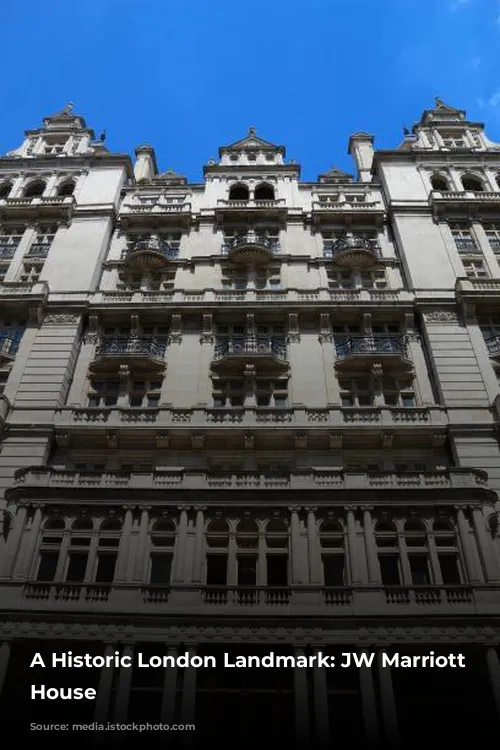
A Legacy of Elegance, Innovation, and Historic Significance
The Grosvenor House Hotel has left an enduring mark on London’s hospitality scene. It was a pioneer of its time, introducing features like separate bathrooms and entrance lobbies for each bedroom, and running iced water in every bathroom. The hotel also boasted exceptional facilities, including Turkish baths, a swimming pool, squash courts, and a gymnasium.
The hotel’s grandeur is further exemplified by its magnificent Great Room, which serves as a venue for prestigious award ceremonies, charity balls, and other events, often gracing television screens. This room holds a special place in history, having hosted the world’s oldest charitable ball, the Royal Caledonian Ball, since the 1930s. The Great Room was originally built as an ice rink, which became a popular attraction for skaters and even hosted ice hockey matches. However, it was converted into a banquet hall in 1935.
The Grosvenor House Hotel continues to be a thriving destination for discerning travelers and event planners, showcasing a blend of historical charm and modern luxury. It is a testament to the enduring legacy of a grand hotel that has played a significant role in London’s social and cultural history.
